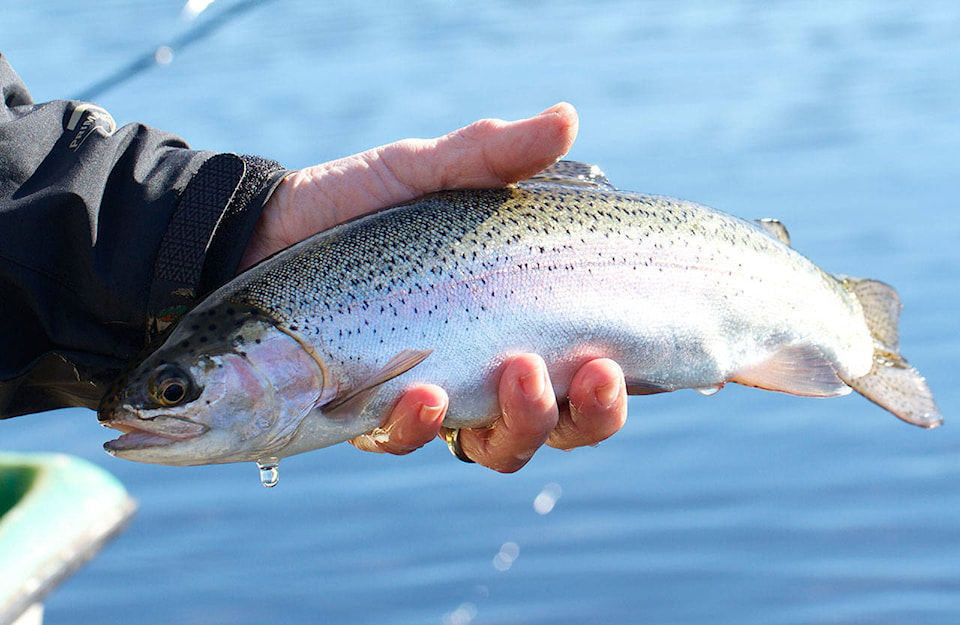It’s funny the things you sometimes overhear, especially if you listen hard enough.
I was sitting by myself at a local coffee shop recently, eating breakfast and minding my own business, when I inadvertently found myself listening in on a conversation at the table next. I overheard one fellow mention a local lake that I have often enjoyed fishing over the years, so I strained to listen a little closer. The person he was talking with said that he didn’t really like fishing this particular lake because the fish always taste muddy.
“It’s the mud at the bottom of the lake,” he said. “Fish taste like clay, no matter what you do, they just never cook up properly.”
The other fellow agreed and they began talking about some other lake. It was difficult to catch everything they were saying so I went back to eating my breakfast before my eggs got too cold.
But the muddy taste in trout has nothing to do with the mud at the bottom of a lake. It is caused by a chemical compound called geosmin. The two primary producers of geosmin in freshwater lakes are the blue-green algae you see on the surface of some lakes and actinomyus bacteria which causes decomposition of organic material on the lake bottom.
Algae and actinomyus bacteria release geosmin into the water (it is actually released when the living algae and bacteria die) which trout breathe in through their gills and then transfer, through their bloodstream, into their skin, flesh and muscle tissue.
Read more: Column: Virtually fleeing self-isolation for distant exotic locales
Read more: Column: White Lake provides welcome relief from other present-day realities
Geosmin accumulates in the skin, fatty tissue and muscles of a fish and is only eliminated with time once the algae bloom clears and/or decomposition slows. The rate of elimination is dependent on water temperature and the fat content of the fish, which is species and age (size) specific.
While both algae and decomposition increase in warmer water, it takes longer for a fish to eliminate the geosmin compounds from their system in cooler water due to metabolism rates.
Although fish can still taste muddy in the fall, they are more likely to during the hot summer months when the algae is in full bloom. The problem diminishes as water temperatures cool and are less likely to occur in lakes which are relatively deep and low in organic matter.
Ironically the problem of fish tasting muddy can also exist in lakes with a high degree of clay particles that are suspended in the water. The clay absorbs the geosmin that is subsequently passed through the gills of the fish.
It can be hard to predict which lakes will have muddy tasting fish. Two lakes of similar depth, with the same type of algae bloom, may or may not produce similar tasting fish.
Sometimes it’s just a matter of which habitat a fish frequents when eating.
If you do keep a fish that you suspect is going to taste muddy, you can usually distinguish a slight muddy smell when you’re cleaning it. You can try soaking your fish in vinegar, but I’ve never really found it all that successful. (Geosmin breaks down in acid.) There are all sorts of so-called remedies for muddy tasting fish but, like I say, I’ve never found one that works. Once I know the muddy taste is there I can always taste it – regardless of how it is prepared, how much spice might be used or what kind of sauce it is covered with.
